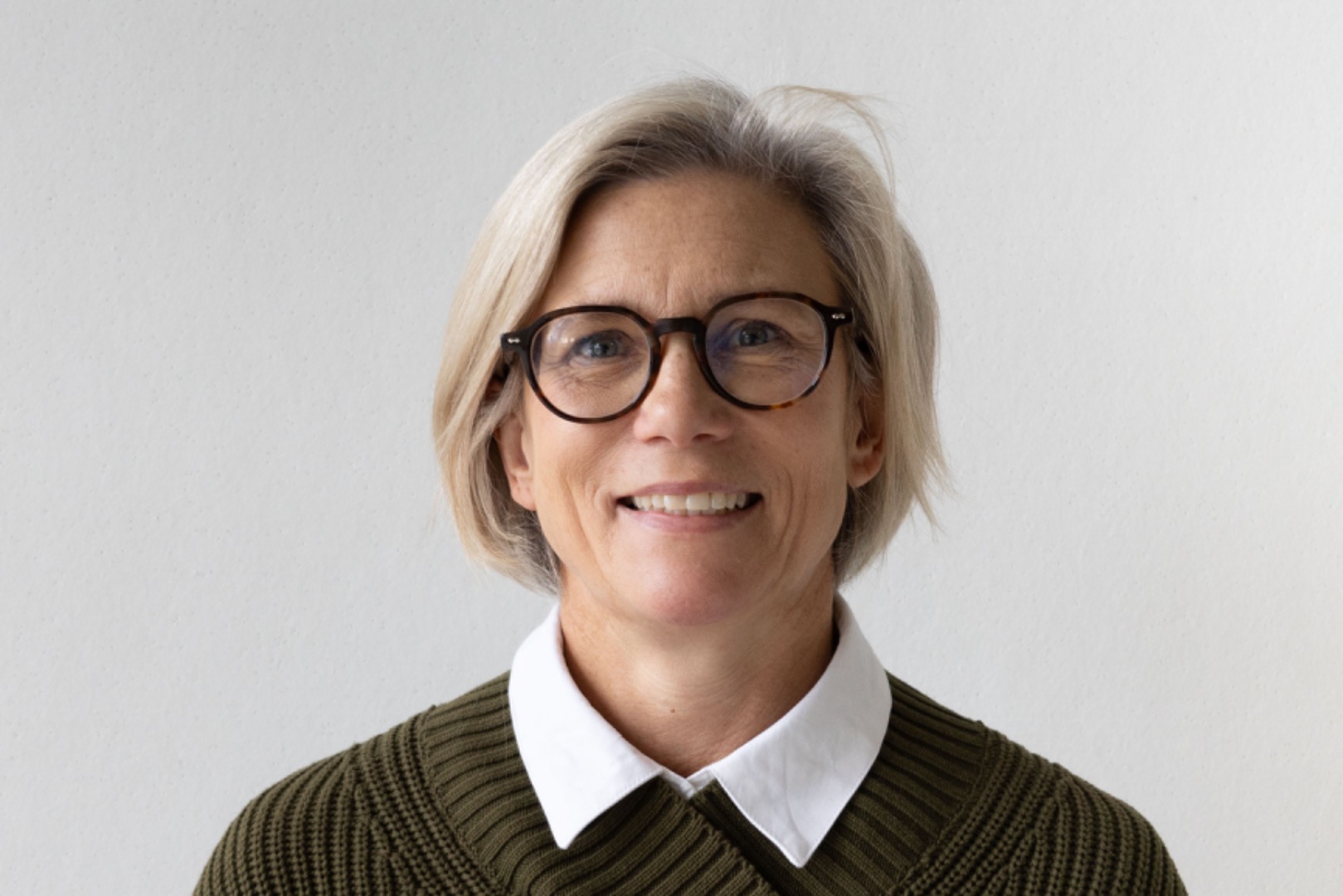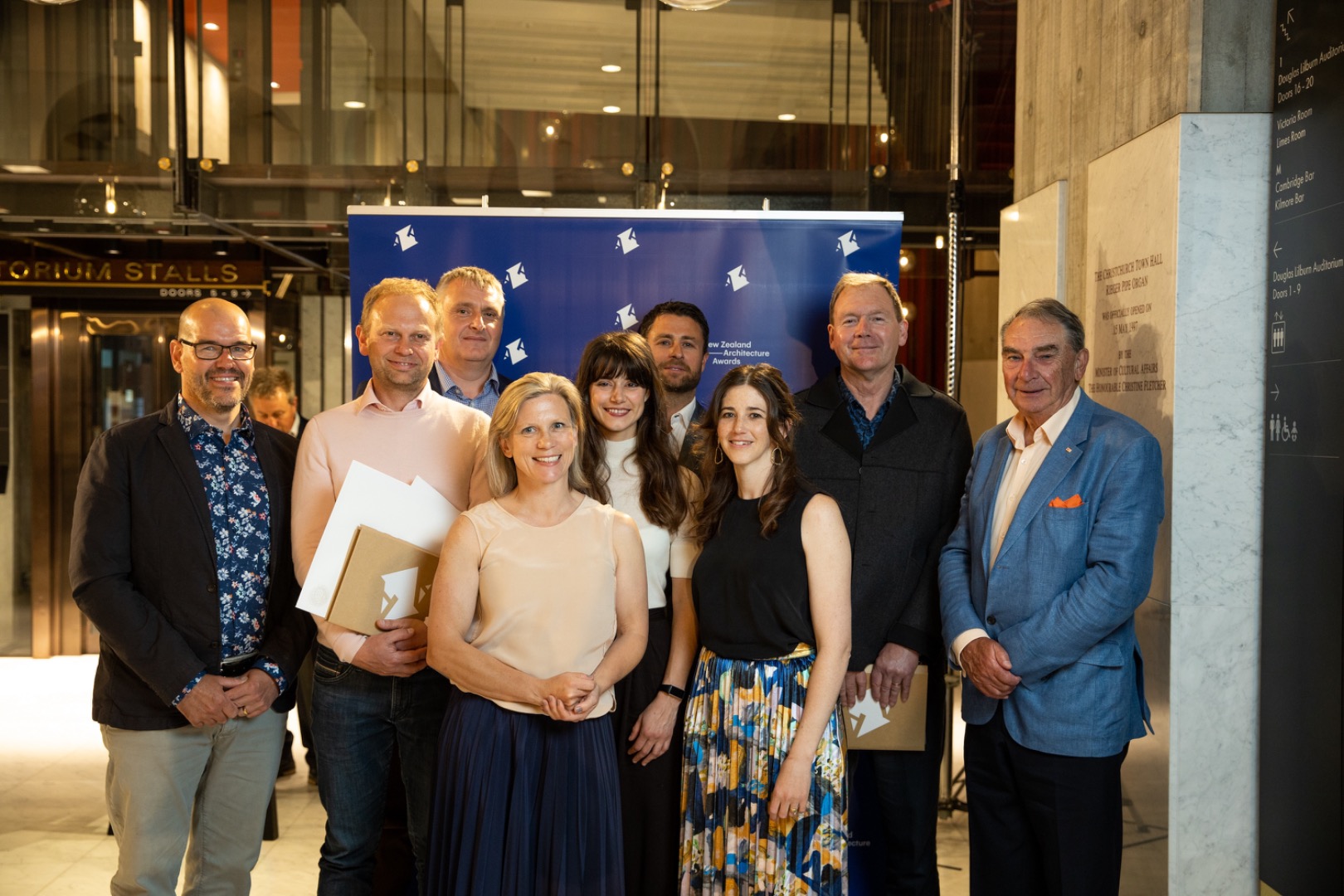20 May 2024
Juliet Barker, Principal at Studio Pacific, recently sat down with Te Herenga Waka—Victoria University of Wellington to reflect on her studies at the Faculty of Architecture and Design Innovation.
Through the Bachelor of Architectural Studies, Juliet Barker discovered a career that finds beautiful spatial solutions to social issues and draws people and communities together.
Juliet graduated from Te Kura Waihanga—Wellington School of Architecture in 2000.
After graduating, she worked at Studio Pacific Architecture for two years before moving to Canada and the United Kingdom. Juliet re-joined Studio Pacific Architecture in 2010 and rose through the ranks to become a Principal.
Juliet says, “Architecture can be deeply rewarding if you’re creative at heart. It is a slow art and does require some tenacity. The design path is never linear, and many projects take a long time to be realised, but they endure and will stick around for a long time.”
Juliet’s time at the Wellington School of Architecture gave her the foundational skills to practice abroad and address contemporary challenges in the architectural profession and society.
“At the time, the theoretical focus of our studies looked largely to the United States of America and Europe. De-constructivism, postmodernism, and high-tech architecture were in discourse, and inwardly, there was ongoing questioning of ‘what is a New Zealand architecture?’ and ‘what makes architecture in New Zealand of its place?’
“We were encouraged to think conceptually, imagine freely and explore the process of creation that might lead to architectural expression. I recall beautiful provocations that involved dystopic urban settings and extreme landscapes.
“New digital tools were coming into play, and us students could sense that these would be a game changer for conceptualising. Parametric design was on the cusp of offering new architectural expressions, but this hadn’t quite filtered into the studios at the time—we were still on drawing boards with French curves.”
Since graduating Juliet has applied her training to tackle the climate crisis and the need for sustainable building practices.
“While the concept of sustainability was emerging when I was a student, we certainly didn’t have the toolkits and the depth of knowledge that students nowadays have.
“Sustainability is front of mind in any current project on the boards, and it is something Studio Pacific Architecture addresses head-on. We follow a fabric-first approach, designing robust and well insulated building envelopes, and look to decrease carbon footprints wherever possible. Our Studio has been instrumental in using mass timber technology since the early 2000s.
“There is also growth in the conversations around giving effect to Te Tiriti o Waitangi in Aotearoa architecture.
“Understanding the power of a collaborative voice in design and ensuring the right partners are around the table early in the design process. It is a huge learning area, and Studio Pacific has taken care in drawing on advice from the many partners in our projects.”
Juliet has benefited from the Te Herenga Waka—Victoria University of Wellington network.
“The bonds formed between students and lecturers were strong and meant that I could draw on student/friend connections that led to practicing in London at several leading United Kingdom companies.
“I still run into student connections around the country and abroad at networking events.”
Juliet enrolled in the Bachelor of Architectural Studies after completing a Bachelor of Building Science in 1996.
The interweaving of design and science within Te Wāhanga Waihanga-Hoahoa—Faculty of Architecture and Design Innovation made the move into the architecture profession straightforward.
“The cross-disciplinary approach meant I could draw on multiple streams of knowledge while exploring mainstream architecture fundamentals.
“Te Aro Campus was a draw card from the get-go, always brimming with creative energy, architectural models and drawings on display. It has a fantastic workshop and fostered a great design community.”
Republished from Te Herenga Waka–Victoria University of Wellington

Juliet Barker, Principal at Studio Pacific.

Studio Pacific Principal Juliet Barker (front centre left) stands with the Nelson Airport Terminal project team at the NZIA New Zealand Architecture Awards, 2020.

Juliet led the project team for Nelson Airport Terminal.